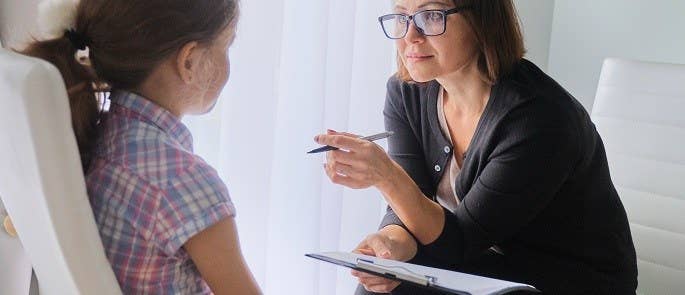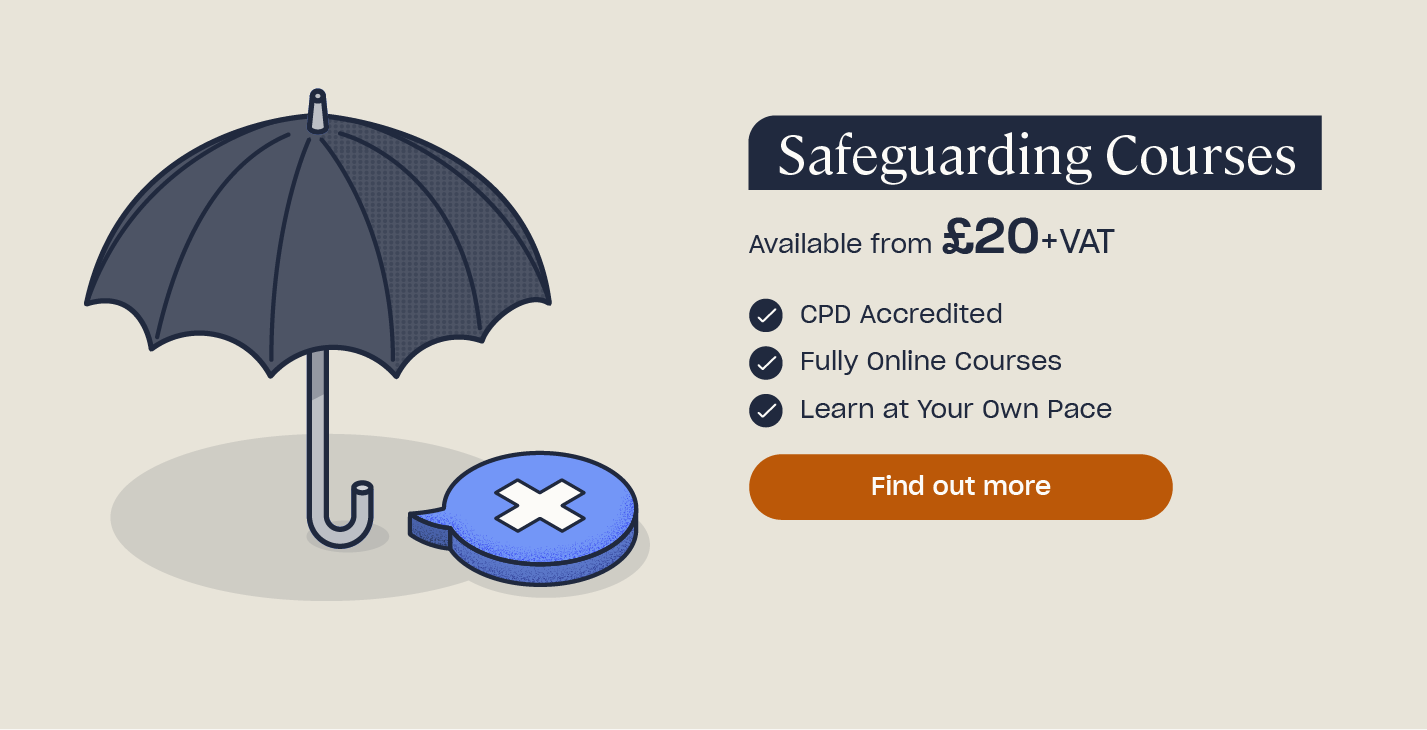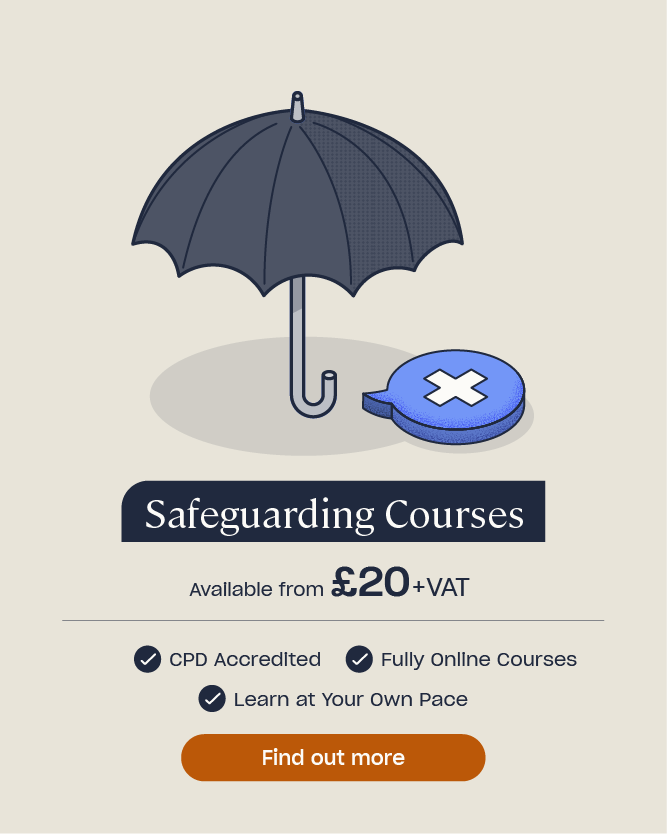What is the Toxic Trio?
The term ‘toxic trio’ has become key in the safeguarding domain – it is a concept that everyone with safeguarding responsibilities should be aware of, so that you can identify risk factors and act in children’s best interests. In this article, we will provide you with a definition of the term, exemplify some risk factors, and explain what this means for you and your role.

What is the Toxic Trio in Safeguarding?
The ‘toxic trio’ is made up of three issues: domestic abuse, mental ill-health, and substance misuse. These issues often co-exist, particularly in families where significant harm to children has occurred. The Children’s Commissioner reported in 2018 that 100,000 children in England were in a household where one adult faces all three ‘toxic trio’ issues to a severe extent, and 420,000 children were in a household where one adult faces all three to a moderate/severe extent.
One reason why these issues often co-exist is that a parent misusing drugs or alcohol is more likely to be in a relationship where domestic abuse occurs – those who misuse drugs or alcohol have a greater chance of experiencing mental ill-health. Conversely, adults with mental health problems are more likely to abuse drugs or alcohol; there are many different situations that could lead to all three of the toxic trio arising.

Each member of the toxic trio is even more prevalent alone: for example, between 920,000 and 3.5 million children in England are affected by parental alcohol problems. However, the combination of all three issues is what increases the risk of harm to children most significantly.
Why is the Toxic Trio Important?
It is important to be aware of the toxic trio, because it is viewed as a key indicator of increased risk of harm to children and young people. Studies such as Brandon et al. (2012) have shown that, in 86% of incidents where children were seriously harmed or died, one or more of the trio played a significant role – similar findings are reported in Sidebotham et al. (2016).
The trio also increases the risk of damaging children’s wellbeing and outcomes – there is a wealth of literature on this topic, including Cleaver et al. (2011), Guy et al. (2014), Harold et al. (2016), and Hedges and Kenny (2018), to name but a few. Besides this, these three central issues have been cited as causes of the increase of cases for children’s services and numbers of children being taken into care (ADCS, 2016).

While living with mental health problems, using alcohol or drugs, or experiencing domestic abuse does not necessarily mean that a parent or carer will be unable to safeguard their child from significant harm, each issue has a range of other potentially negative consequences for children. Click on the dropdowns below to find out more.
Domestic Abuse
This member of the toxic trio:
- Creates an inconsistent and unpredictable environment for children
- May lead to parents or carers showing a lack of emotional warmth as well as high levels of aggression
- Can be extremely distressing, and cause the child serious harm. It can even impair the development of the brain in babies
- Might cause children to become aggressive themselves, or lead to them developing mental health problems
- Is connected to neglect and physical/emotional abuse of children
Mental Ill-Health
This member of the toxic trio:
- Can inhibit a parent or carer’s ability to respond to a child’s basic and emotional needs, and stop them giving consistent care
- Can lead to parents being absent from home – for example, if they need to spend time at hospital
- Can cause a parent to be ‘intrusive and hostile’ or ‘withdrawn and disengaged’
- Can lead to children experiencing emotional, psychological, and behavioural problems
- Makes parents more likely to abuse drugs or alcohol
- Can impact the family’s financial situation – for example, if the parent can no longer work
Substance Misuse
This member of the toxic trio:
- Is a significant feature in cases where children have been seriously harmed or killed
- Is linked with poor mental health, particularly depression
- Can lead to unstable home life and inconsistent care
- Can inhibit a parent’s ability to meet their child’s basic, emotional, social, and developmental needs – for example, they might leave their home cold and without adequate food, or prioritise drugs or alcohol over their child
- Can force a child to act as carer for their siblings, impacting their own development and academic achievement
- Can be scary and confusing for children to witness
- Can give parents slower reaction times and make them unable to assess risks to their child
- May lead to children being coerced into criminal activities, such as collecting their parent or carer’s drugs
What Should Practitioners Do?
You need to be able to understand how the members of the toxic trio interlink, to ensure that you put appropriate, effective interventions in place. Adequate support can reduce the risk of children experiencing long-term negative consequences stemming from these issues. It is also vital to be aware of the toxic trio risk factors, including parents or carers having a history of childhood abuse or neglect, or other family history with social care services.
Cases involving the toxic trio should always involve more than one agency in order to be effective. Partnership working gives you a full picture of a family’s history and situation, which you need in order to make informed decisions about a case.

Additionally, practitioners need to be curious, and to think critically and systematically (Brandon et al., 2008). In cases such as that of Daniel Pelka, the lack of professional curiosity led to the continuation of his abuse, ultimately leading to his death. It is necessary to talk to each family member about what is happening in their household, including children, both parents (mothers are often focused on), and new or ex-partners. Children should be spoken to away from their parents, wherever possible, because they may not be able to be honest in front of them – they might fear negative consequences. They should also be reassured about what will happen when they tell the truth. Parents and carers should be spoken to separately in cases of domestic abuse for similar reasons.
Remember to always put the needs of the child first, and think about how to achieve sufficient change within a timescale that reflects those needs. If parents are not engaged or not complying, it may be the case that you have to escalate your response, in order to keep children safe.
The toxic trio is an important concept to be aware of, because it increases children’s risk of significant harm. You should understand how the members of the trio interlink, the risk factors, and the long-term negative consequences that they can have on a child. This knowledge should inform your decision-making at all times.
Further Resources:
- How to Teach Children About Healthy Relationships
- What is Restorative Practice in Schools & Social Work?
- What is Trauma Informed Practice in Schools?
- Adverse Childhood Experiences: Guidance for Schools
- Safeguarding Courses











